From The Discovery of Piranesi's Final Project:
20 September 2023 Wednesday
Picking up on the notion of being "utterly confident that I was exactly where I should be," with The Timepiece of Humanity being first exhibited in Russia, this first exposition of The Timepiece of Humanity is happening exactly where it should be. The theory, chronosomatics, comes from me, but the title, The Timepiece of Humanity, comes from Velimir Khlebnikov. Hence, the notion of a timepiece of humanity first refers to Khlebnikov's Tables of Destiny; second it refers to the initial chapters of the Theory of chronosomatics; and third it refers to this diagram:
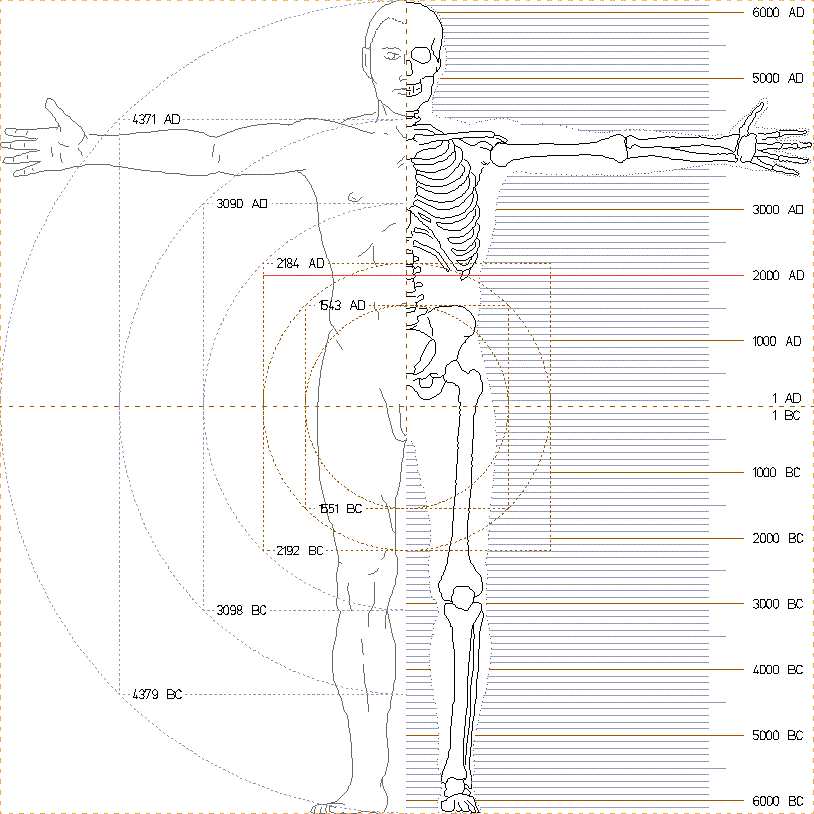
It is this image [minus the skeleton] that will be on display at the Star Vengeance exhibition (plus audio texts from the initial chapters will be available for listening), and how this image relates to other Russian items and ideas also in the exhibition I simply do not know yet. Nonetheless, it is significant that Yura Plokhov found a coincidence between The Timepiece of Humanity and some items/ideas within contemporary Russian culture.
Then there is, too, the uncanny coincidences of early nineteenth century Russia and Russian personages within The Discovery of Piranesi's Final Project, via the very place where The Discovery of Piranesi's Final Project manifests.
So yes, I feel confident The Timepiece of Humanity is being first exhibited exactly where it should be.
2023.09.20
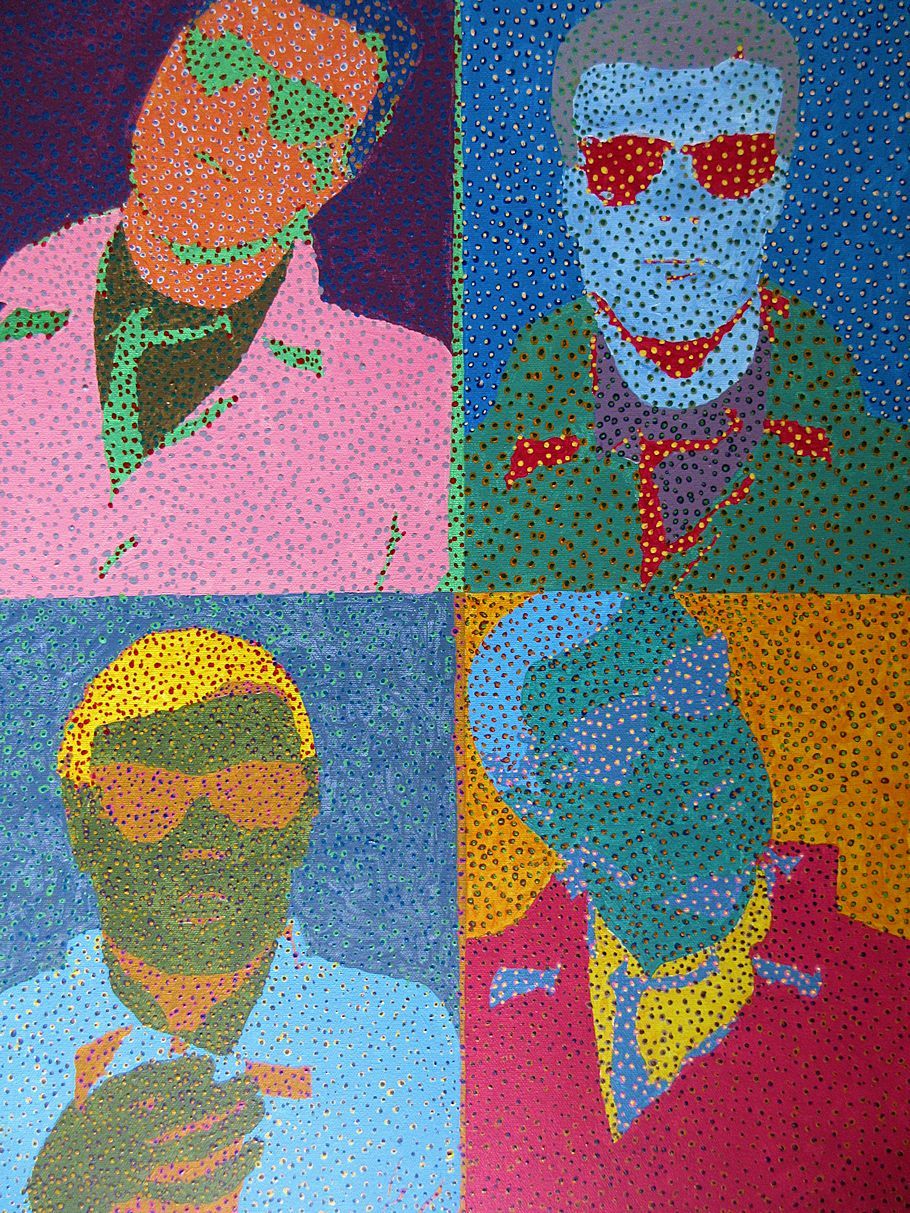
Warhol Reenactment 6
2017.09.20
20 September

Villa Parkour
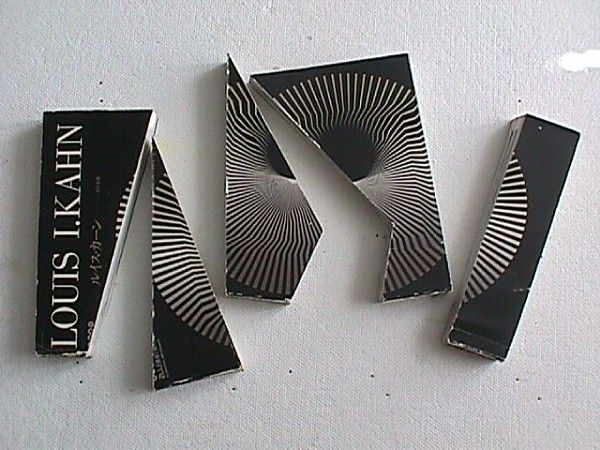
Pretty sure I used an Olfa knife.
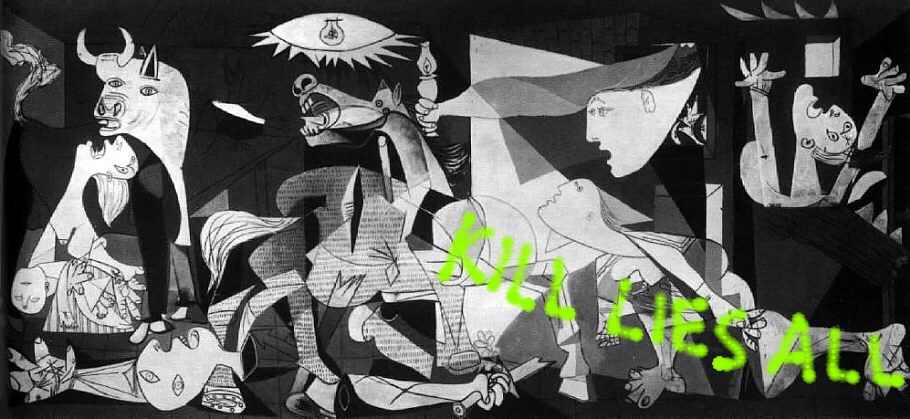
Anyone else here remember seeing Guernica at MoMA?
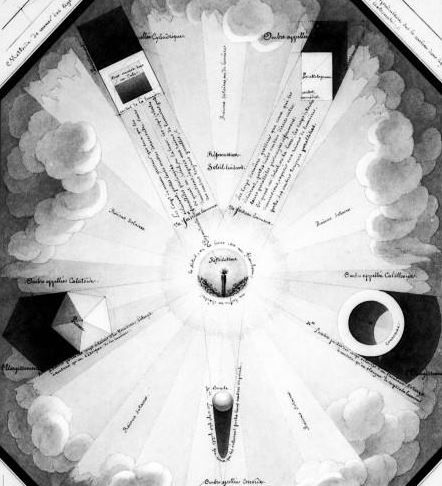
There's definitely something Hejduk about this first image of Lequeu's Architecture Civile.
2014.09.20
life-changing books
The Sexuality of Christ in Renaissance Art and in Modern Oblivion
"Originally published in 1983, Leo Steinberg's classic work has changed the viewing habits of a generation. After centuries of repression and censorship, the sexual component in thousands of revered icons of Christ is restored to visibility. Steinberg's evidence resides in the imagery of the overtly sexed Christ, in Infancy and again after death. Steinberg argues that the artists regarded the deliberate exposure of Christ's genitalia as an affirmation of kinship with the human condition. Christ's lifelong virginity, understood as potency under check, and the first offer of blood in the circumcision, both required acknowledgment of the genital organ. More than exercises in realism, these unabashed images underscore the crucial theological import of the Incarnation."
For me, it made the 80s a whole lot more fun.
2008.09.20
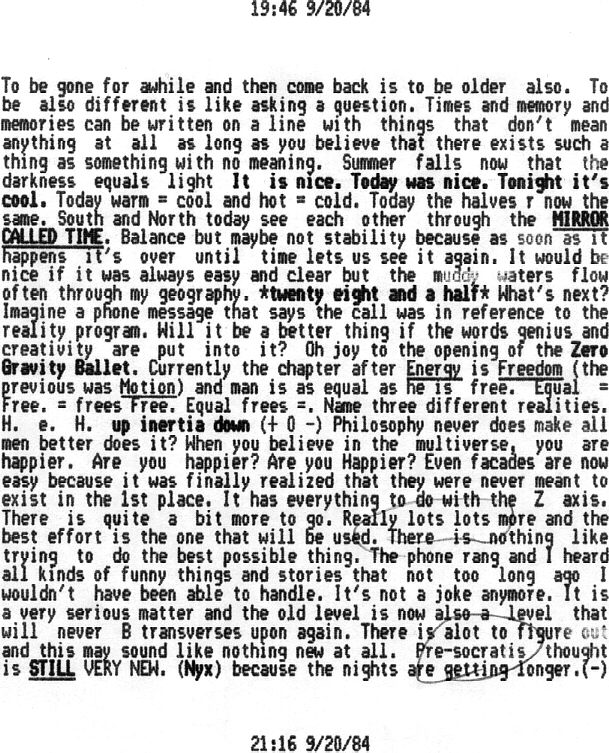
|